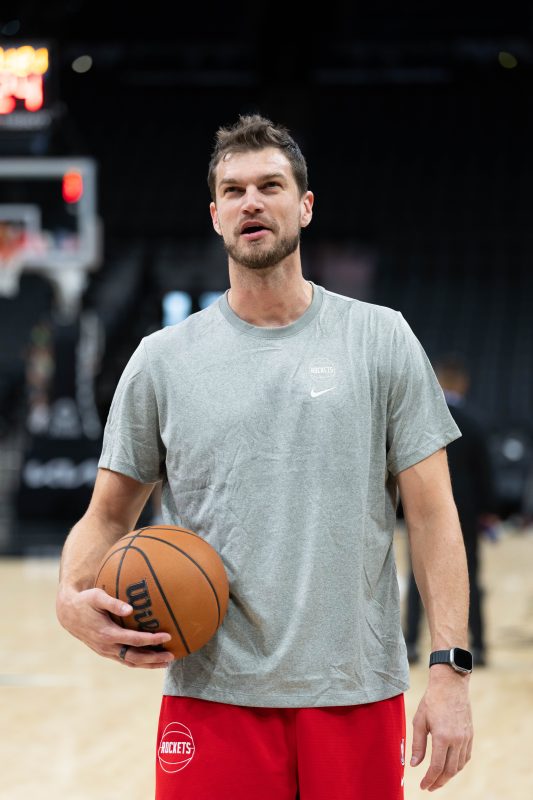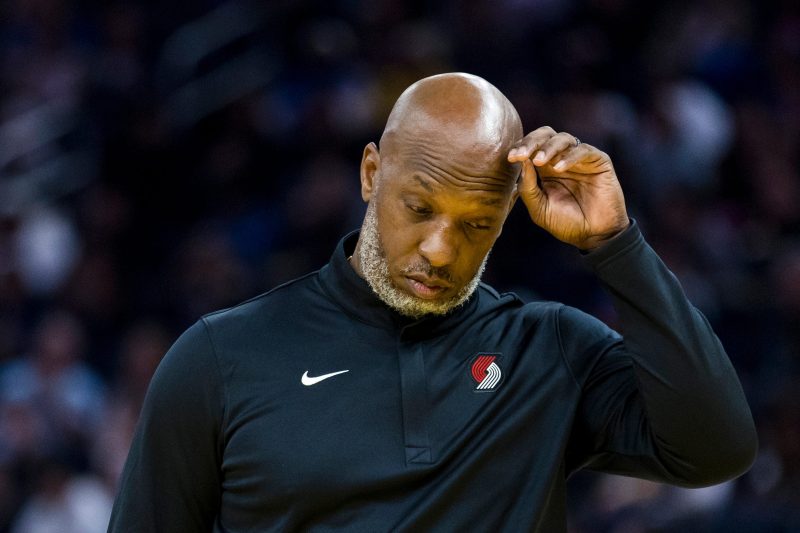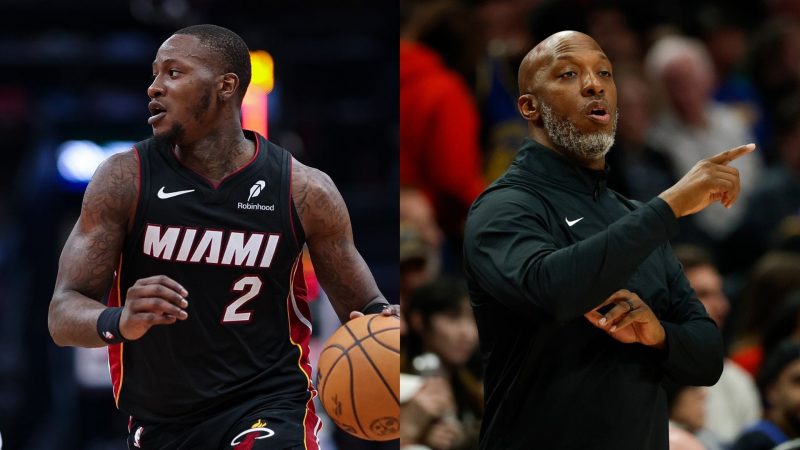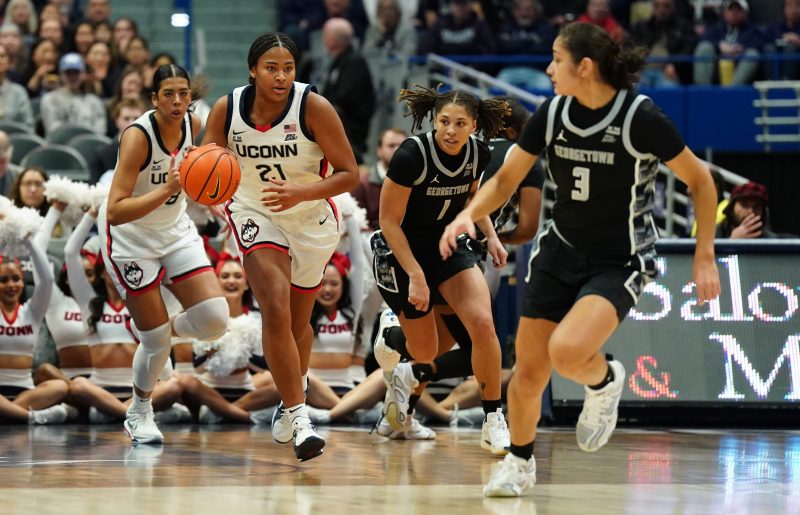Andrew Luck believes in Stanford model and doubling down on it as GM
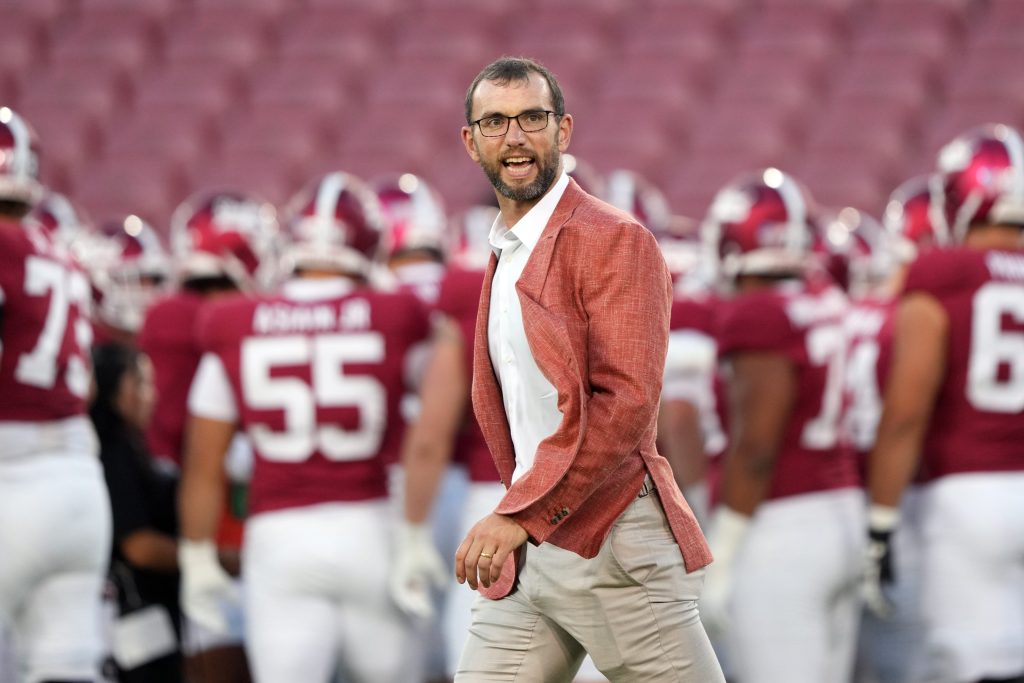
- Former quarterback Andrew Luck has been hired as the general manager of Stanford football.
- Luck has been given full authority over the program, including personnel decisions, fundraising, and player procurement.
- The role of a college football general manager varies widely by school, with no standard job description or salary structure.
- Luck aims to rebuild the program by blending Stanford’s academic ideals with the new realities of NIL and the transfer portal.
Right there on the wall in his office is a poster of the Vow Boys from the 1930s. Over there, the Thunder Chickens from the 1970s. And there’s a ball from the 2011 Orange Bowl, where Andrew Luck led a Stanford team that declared it would win with character and cruelty.
Luck is proud to tell you about his relics of those brief but beautiful pockets of winning at Stanford, players and coaches who believed you could win at a high level for one of college football’s greatest academic institutions. Then did it.
The pre-war freshman class that vowed to never lose to USC, and didn’t — and broke USC’s 27-game winning streak in the process. The gutty, overachieving defensive line, those Thunder Chickens (named after a Montana motorcycle gang) that showed Stanford could play mean defense during quarterback Jim Plunkett’s 1970 Heisman Trophy season and beyond.
Now comes the most recent iteration of defiant dedication to winning the right way (with character and cruelty, no less) that those currently running Stanford athletics believe can be replicate past success despite college football’s current state of individualistic hedonism.
So yeah, that’s Luck’s new job as general manager of Stanford football.
“We want to write our own story,” Luck said. “But it’s going to require a bit of a different flavor to succeed in this.”
He stops for a moment, the ghosts of the past hovering in his office and the weight of this heavy lift in his voice.
“We’ve been given a blank canvas here,” he continues. “How cool is that to be able to create the job and the structure with your vision?”
Make no mistake, Luck is Stanford football. He has a mandate from Stanford president Jonathan Levin to do what must be done at all levels of the program. From player procurement, to personnel (hiring/firing coaches), to fundraising and all the way down to the nitty-gritty of working with campus partners so that everyone on The Farm is aligned and on the same page.
This is a college football general manager. Hands on everything and up to his elbows in change.
Not a GM who was given a job because he knows the head coach and was rewarded with a seven-figure parachute paycheck. Or a GM who was hired because he’s a helluva recruiter and the head coach is tired of begging teenagers and transfer-portal egos to play for State U — and doesn’t want to deal with the salary cap, anyway.
Or a former CEO of a worldwide company hired to oversee all things athletics, who then hires a GM to run football and, the next thing you know, the longtime respected and wildly successful athletics director announces his retirement.
There are power struggles everywhere in this road of the unknown, a job whose boundaries and goals aren’t specific but unique to each school. Power and titles and booming salaries awarded out of annoyance with the ever-evolving system, not earned.
Of the 49 Power Four conference schools for which USA TODAY Sports could determine a compensation amount, salaries for general managers this season are all over the board, with no clear delineation of value.
So, to recap: no clear value structure or common job description.
College football has become a sport racing to mimic all things NFL — reluctantly or enthusiastically, depending on which school. That includes mimicking the NFL’s personnel department hierarchy. It has even borrowed the term “general manager,” although the duties of people holding that title vary from program to program.
“It’s different things for different people,” says LSU coach Brian Kelly, whose general manager Austin Thomas is at the high end of GM salaries ($800,000 annually), and who in 2016 became the first high-profile person in college football to hold the title during his first stint in Baton Rouge.
Thomas now carries the title of senior associate athletics director/football administration. LSU’s front office, for lack of a better term, also includes people with the following titles: senior associate AD/assistant general manager, director of player retention, director of player personnel, associate director of player personnel, assistant director of player personnel, player personnel analyst and director of scouting/personnel strategy.
College football general managers come at a cost, and that cost varies widely from school to school.
At the top of the GM pay list from data obtained by USA TODAY is Michael Lombardi, a former NFL general manager who new Tar Heels coach Bill Belichick brought with him to Chapel Hill for a whopping $1.5 million annually. Insert your player evaluation joke here.
At the bottom is Billy High, Tennessee’s executive director of football management, who does essentially what every general manager does ― but doesn’t have the official title because coach Josh Heupel still runs the show. High makes a paltry $150,000.
Then there’s Luck’s position at Stanford: a legitimate action manager who oversees all things football and takes necessary steps throughout the program to change what isn’t working. He’s Stanford’s version of John Lynch, another former Cardinal who has been wildly successful as San Francisco 49ers general manager.
And that’s where this story begins and ends.
“College football started changing and Stanford wasn’t accepting it,” Luck said. “We’re not only going to accept it, we’re going to change the whole organizational structure.”
So Luck — not Stanford’s traditional athletics administration — fired coach Troy Taylor this offseason and hired Frank Reich, Luck’s former offensive coordinator in the NFL, to run the show as interim coach until he gets a firm foothold on where this thing is headed.
No other general manager in college football has that power. They’d be lucky to override a coach on a high school recruit or a player from the transfer portal.
But Luck, whose salary has not been disclosed because he works for a private university, has personnel power and is deep into recruiting and player procurement — the heart of any buildout in team sports. Players win games and coaches put players in position to win games. General managers stock the roster.
The foundation is strong at Stanford, built on the ideal of what the university stands for and what it means to play college football. It got stronger recently when former Stanford player Bradford Freeman donated $50 million to the football program.
Luck believes there’s a group of elite high school players (and portal players) who still want the academic experience and the ability to earn off their name, image and likeness. It’s his job as general manager to find those players and convince them Stanford is the best move for their futures.
Or as the former blue-chip recruit from Houston matter-of-factly says, “I signed with Stanford after a 1-11 season.”
It doesn’t look much better now. Stanford hasn’t had a winning season since 2018 and only receives a 30% media rights revenue share from the ACC. In the past three years alone, the Cardinal has lost numerous elite players to the transfer portal because it couldn’t compete with the sport’s new salary structure.
But understand this: From 2010 (Luck’s last season) to 2018, Stanford won 94 games in nine seasons. There were six double-digit win seasons, two nine-win seasons and an eight-win season.
Players who signed with Stanford over that decade are the same players Luck is recruiting now. Those who want the Stanford experience and the money — not the other way around.
“That’s the fun part of this job, selling this fantastic university,” Luck said. “My job is to create the conditions that allow our players to create their own legacies.”
Not long after he was hired last November, after the congratulatory calls and carefully picking the brains of those he trusts, Luck sat in his office at Stanford and reality washed over him.
This is his first job. That’s right, his first official job.
If you don’t count playing in the NFL a job, that is. Because playing at Stanford never was, and never will be, a job.
“I know our student-athlete model can exist in the NIL era. I know it,” Luck said. “We will stay firmly rooted in the non-negotiable. We will keep doubling and tripling down on things that you know matter, while also embracing what’s new and different.”
That’s not just writing your own story. That’s a best seller if you can pull it off.
Matt Hayes is the senior national college football writer for USA TODAY Sports Network. Follow him on X at @MattHayesCFB.

